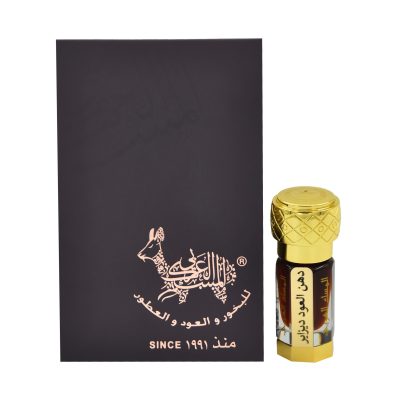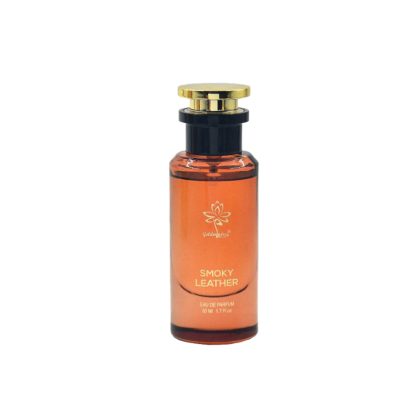In the world of perfumery and aromatic treasures, two terms often interwoven yet distinct stand out: Oud and Agarwood. These fragrant woods, each with a rich history and unique olfactory profile, evoke a sense of mystique that captivates fragrance enthusiasts worldwide. Join us on a fragrant journey as we unravel the nuances and differences between Oud and Agarwood, exploring the mystique that surrounds these precious gifts of nature.
Defining Oud and Agarwood:
Oud: The Essence of Luxury:
Derived from the heartwood of agarwood trees, Oud is the result of a complex and transformative process. The term “Oud” specifically refers to the resin-suffused heartwood that produces a highly sought-after essential oil.
Agarwood: The Raw Elegance:
Agarwood, on the other hand, is the broader term encompassing the entire heartwood of agarwood trees, whether infused with resin (Oud) or not. It represents the raw material from which Oud is ultimately extracted.
Harvesting and Formation:
Oud: The Resin-Infused Jewel:
Oud is formed when agarwood trees respond to external stressors, such as fungal infection or injury, by producing a dark, aromatic resin. This resin, saturated with the essence of the tree’s reaction, transforms the heartwood into a fragrant jewel.
Agarwood: The Unadulterated Heartwood:
Agarwood, in its broader sense, encompasses the entire heartwood of the tree, whether or not it has been infused with resin. This raw heartwood carries the potential for Oud formation but may not possess the same concentrated fragrance.
Olfactory Profiles:
Oud: The Olfactory Symphony:
Oud boasts a rich and complex olfactory profile, marked by earthy, woody, smoky, and sometimes sweet notes. The intricate dance of these notes creates an olfactory symphony that varies based on factors such as the tree’s origin and the extraction process.
Agarwood: A Spectrum of Scents:
Agarwood, in its uninfused state, carries a more subtle fragrance compared to Oud. It may exhibit woody, balsamic, or slightly resinous notes, providing a diverse spectrum of scents that are less concentrated than the distilled Oud.
Cultural Significance:
Oud: Symbol of Luxury and Tradition:
Oud has historically been a symbol of luxury and tradition, gracing the palaces of royalty and playing a central role in cultural ceremonies and rituals. Its association with opulence and regality has elevated Oud to the pinnacle of perfumery.
Agarwood: Cultural Heritage:
Agarwood, in its raw form, has its own cultural significance, especially in regions where agarwood trees are indigenous. It has been used in traditional medicine, religious practices, and cultural ceremonies, representing a connection to nature’s sacred offerings.
Modern Applications:
Oud: From Tradition to Modernity:
Oud has seamlessly integrated into modern perfumery, becoming a star ingredient in both niche and mainstream fragrances. Its adaptability and unique scent profile have made it a sought-after and enduring element in contemporary scent compositions.
Agarwood: Beyond Perfumery:
Agarwood, while less concentrated than Oud, has found applications beyond perfumery. Its unadulterated heartwood is utilized in various forms, from carving to crafting high-end accessories, showcasing the raw elegance of this fragrant wood.
Appreciating the Mystique:
As we unravel the mystique of Oud and Agarwood, it becomes clear that while Oud is a refined and distilled essence, Agarwood encompasses the raw elegance of the entire heartwood. Both carry cultural significance, tell stories of tradition, and contribute to the olfactory tapestry of the world. Whether you are drawn to the concentrated luxury of Oud or the unadulterated beauty of Agarwood, each offers a unique aromatic experience that adds depth and richness to the world of fragrances. Embrace the mystique, savor the scents, and let Oud and Agarwood transport you to a world where nature’s essence becomes a fragrant masterpiece.








